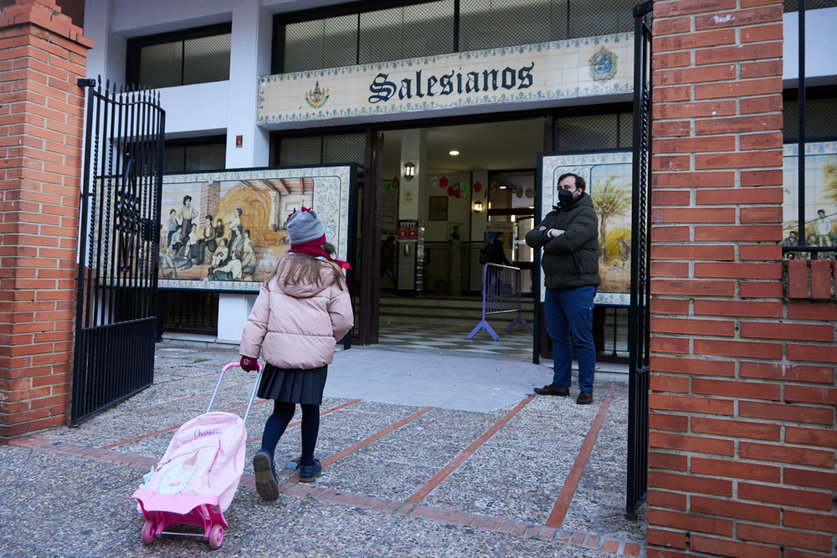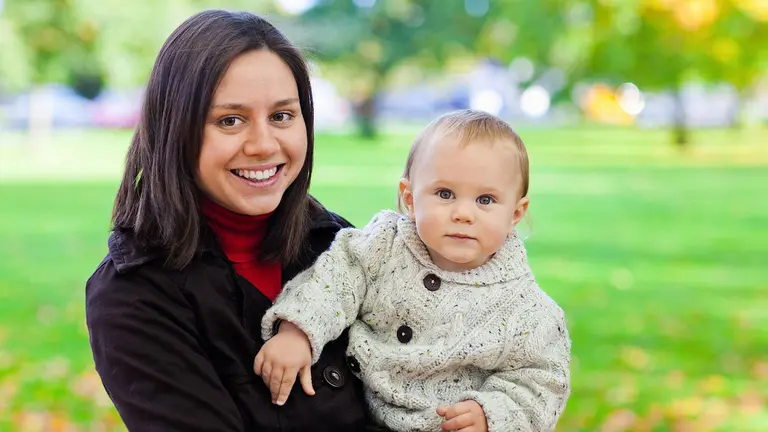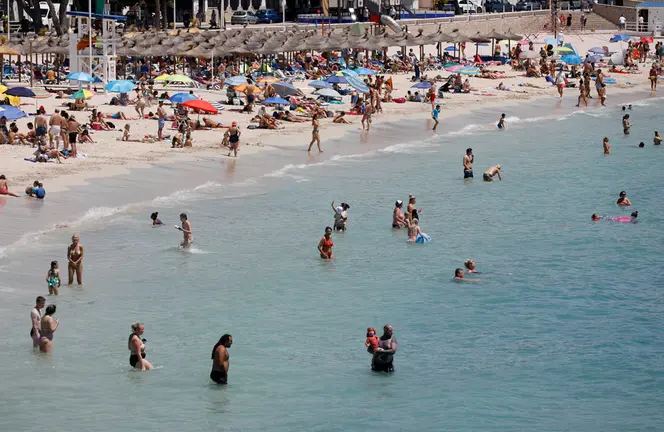83.5% of the Spanish pupils in the second cycle of pre-school (3-6 years) have already had some school activity taught in a foreign language, according to the 'Non-University Teaching Statistics. 2020-21 Academic Year. Foreign language teaching', published by the Ministry of Education and Vocational Training with data from the Regional Governments.
English is the most widely taught language at all stages of education, followed by French.
This percentage of children in the second cycle of pre-school who have started learning a foreign language at school represents an increase of more than 10 percentage points in 10 years, given that in 2010-11 it was 73.3%.
Furthermore, in four of the Spanish regions (Castile-La Mancha, Galicia, Murcia and La Rioja), all pupils at this stage had contact with a foreign language, essentially English. From primary school onwards, the teaching of a foreign language is compulsory and therefore generalised.
The number of primary school pupils studying a second optional language, mainly French, has also increased over the last decade, from 5.9% of pupils in 2010-11 to 20% in 2020-21. This is particularly important in Andalusia, where 67.3% of pupils studied this second language last year, followed by the Canary Islands (36.8%), Murcia (31.6%) and Aragon (27.1%).
Secondary education
In Compulsory Secondary Education (ESO, in Spanish) and Baccalaureate, the percentage of students who studied a second optional language has remained stable: 42.4% and 23.9%, respectively, in 2020-21, compared to 40.5% and 23.3% a decade earlier.
By region, those with the highest proportion of pupils with a second language were the Canary Islands (77.2%), Galicia (69%), Extremadura (60.2%) and Andalusia (56.3%). In Baccalaureate, Andalusia stands out in particular (65.1%), followed by Navarre (22.9%), Galicia (21.5%) and La Rioja (20.3%).
Bilingual education
Furthermore, 1,75 million pupils had part of their education in a foreign language last academic year. Of these, 85.2% (1,49 million) took part in content and foreign language integrated learning programmes, 9.4% (164,421) took part in other experiences of deepening their knowledge of a foreign language and 5.4% (95,102) studied in a foreign-owned institution.
By levels, 45.4% of pupils at primary level took part in a language experience of this type, 34.7% at secondary level and 12.7% at Baccalaureate level.
By school ownership, the percentage of primary school pupils who followed integrated learning programmes was 52.9% in grant-aided schools and 35% in state schools. However, in ESO, the percentage of students who received this type of bilingual education was higher in state education (32.5%) than in subsidised education (25.9%).
Official language schools
In addition, the Official Language Schools had 330,986 students, including distance learning. 64.6% (213,919) studied English, 13.3% (43,896) French, 8% (26,583) German, and 3.6% (11,794) Italian.
As for the co-official languages, which are also taught in the Official Language Schools, 9,183 students studied Basque, 4,161 Valencian, 1,524 Catalan and 601 Galician. Other 8,008 people studied Spanish for foreigners.










